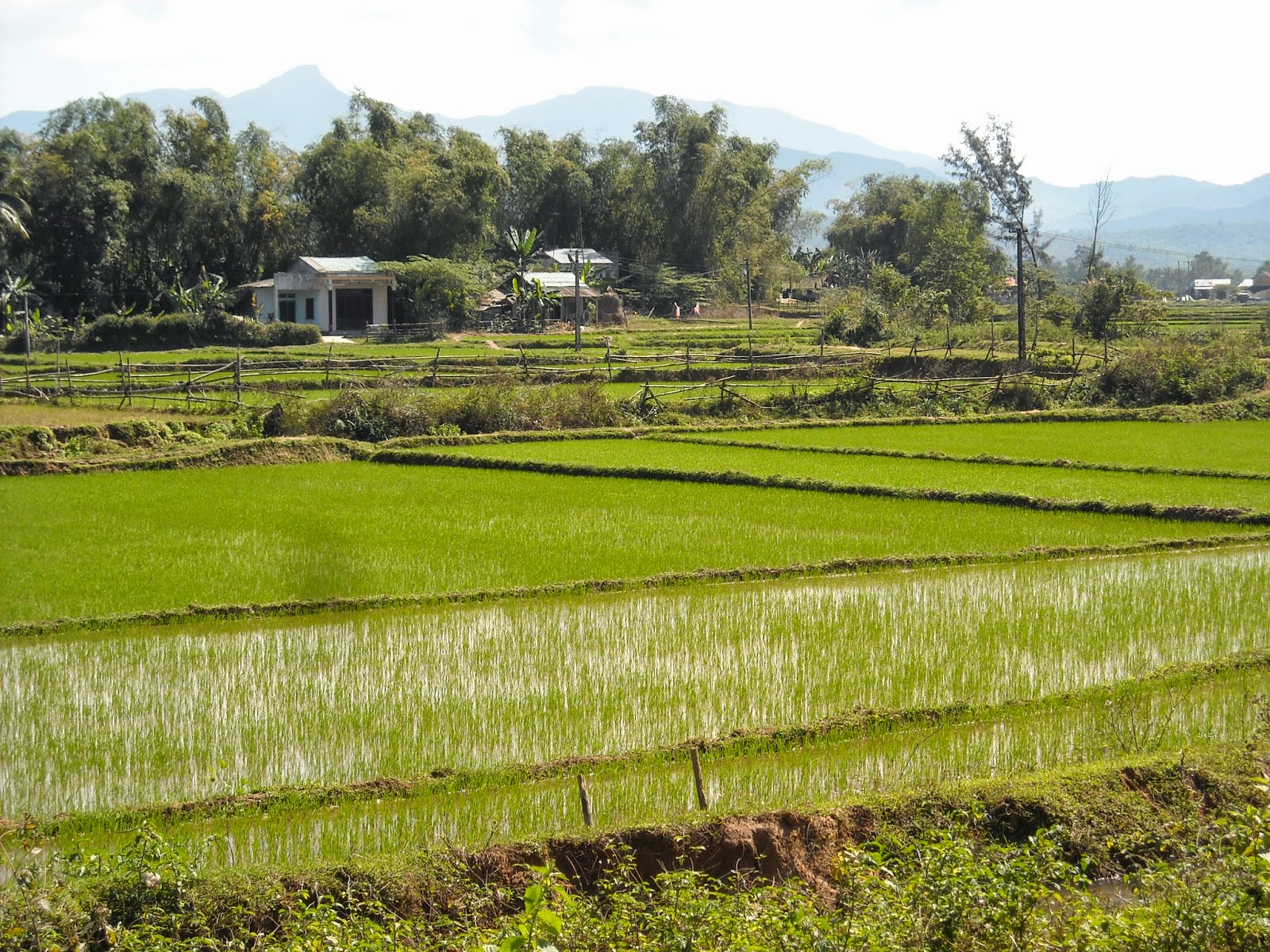It
has been nearly seven years since I started to work with the Hoi An Foundation
(VNHIP). Time has passed really quickly, and I will be leaving soon to study in
the US.
I
have really enjoyed working for the organization. Dr Josh, Dr Brian, Carol and
Hayley trained me to be a medical translator, then a health educator and
project manager. I have had many opportunities to work with the doctors and
nurses from the US and Australia, who volunteer with us and have gained so much
knowledge and experience.
I
still remember when we first started the Non Communicable Diseases (NCD)
project in Dien Ban and Duy Xuyen, there was so much work to do, and I had very
little experience. We would ride to the local clinics by motorbike very early
in the morning carrying medicines, medical equipment and patients' charts.
Sometimes we went to a clinic very far to the West and Dr Brian kept asking if
we were in Cambodia yet.
 |
| Counseling a patient at a clinic in Duy Xuyen |
I
am inspired by the way Dr Josh, Dr Brian and all the other volunteers are so devoted
to the community. I am proud of VNHIP; it is a small organization that achieves
such a lot. VNHIP is very lucky to have Quynh and Yen; they manage their
projects efficiently, and I am confident that they will manage the foundation
well after I leave.
.JPG) |
| Josh, Carol, Quynh and I at a clinic in Phu Tho (WHO project) |
I
was encouraged by many of you to believe more in myself and move forward in my
career. Thank you for being so supportive, it was because of you that I was
awarded the Fulbright Scholarship. Thank you Quynh and Yen, for taking on extra
work so that I could prepare for the interview and exams.
I
feel so lucky to work with you all, and I hope to work with you again when I
come back. I have so many pleasant memories of my time with VNHIP, and will continue
to support your work when you need me.
 |
| beautiful scenery when doing patient home visit that I will miss |






